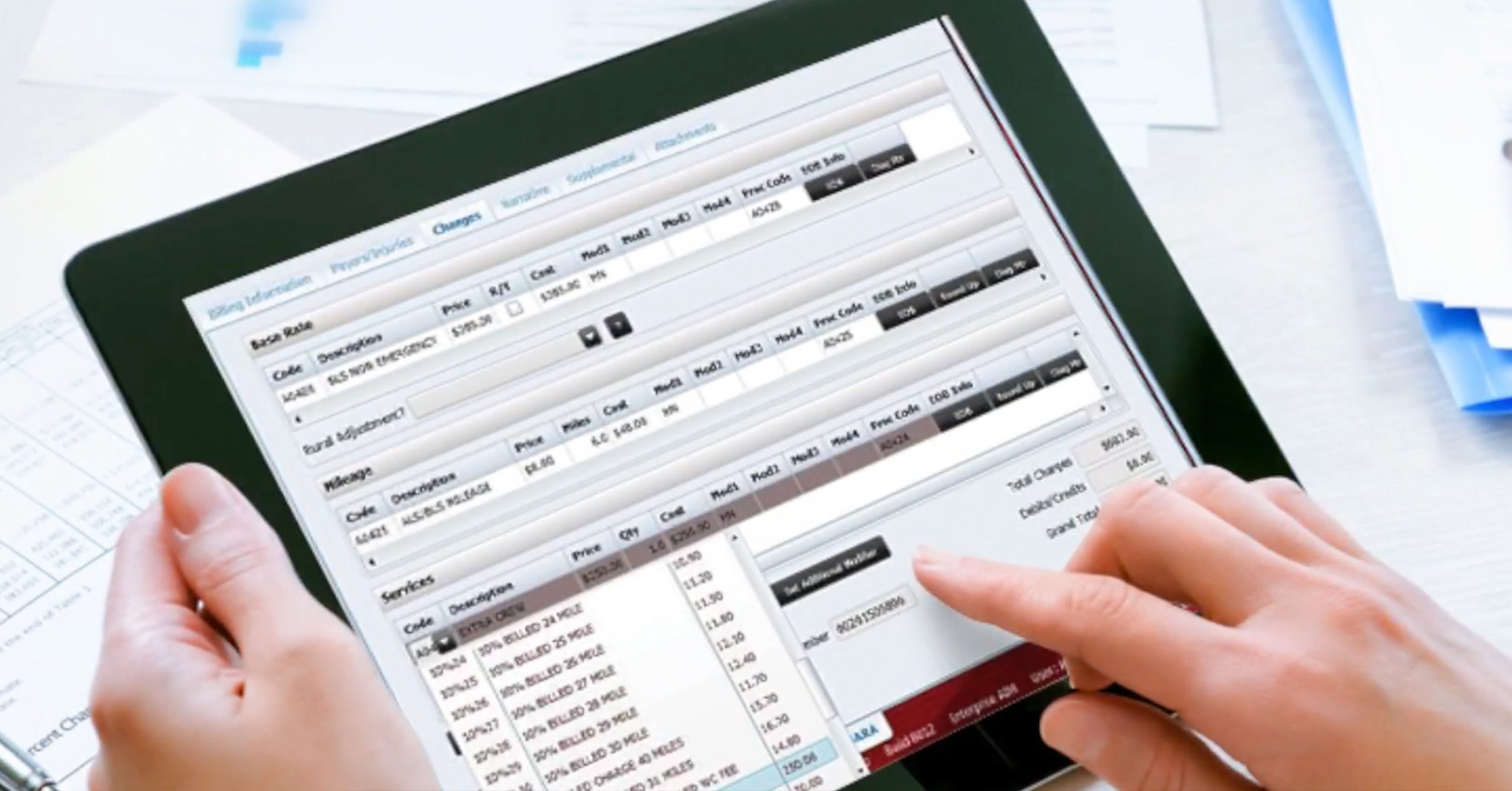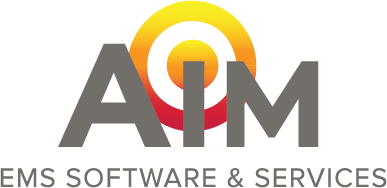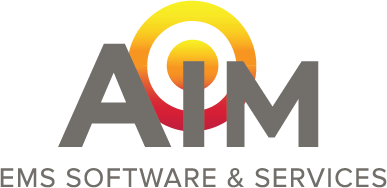
EMS-oriented groups continue to lobby on Capitol Hill in Washington, D.C. and other major capitols to improve EMS reimbursement rates. Although we remain hopeful that government change will work in our favor, EMS administrators and managers continue to negotiate rates with private insurance companies and look for ways to increase billing efficiency. After all, what kind of EMS administrator or manager wouldn’t want faster and higher reimbursement on EMS insurance claims?
Thankfully, there are easy, surefire ways to gain that. By ensuring that the EMS billing operation is carried out with as few mistakes as possible in an expedient manner, faster and more reliable reimbursement becomes possible.
Build a Team of Excellence in Your EMS Billing Operation
As noted in previous blog posts, minimizing rejections and errors on EMS billing claims and decreasing the time between the date of transport and the date of invoice submission, can improve your EMS reimbursement.
Let’s dig a little deeper. For example, how does an EMS billing operation decrease coding errors and insurance rejections? Beyond that, what defines a properly trained EMS billing staff?
In order to approach the question of how an EMS billing operation can decrease coding errors and rejections, one first must understand some of the roots of these issues. Coding errors can result from a multitude of individual mistakes or synergistic issues. For example, an EMS billing coder who is unfamiliar with the coding tables proposes an obvious individual issue that will inevitably cause coding errors in the EMS bill submissions to payers. Having tired or overworked EMS billing staff also often produces coding errors on submitted claims. Having EMS billers who are unfamiliar with the coding tables and are overworked and tired obviously compounds the potential for EMS billing errors.
Next, A properly trained EMS billing staff is the result of professional on-line or in-person training for each EMS biller. Formal training, beyond in-house orientation training, is majorly important. Nationally-recognized EMS billing training programs, such as the National Association of Ambulance Coders, can provide the necessary training to ensure that your EMS billing staff is properly trained.
After training, be sure to keep your EMS billers armed with proper reference material and ongoing education to reflect industry changes. Maintain a proper ratio of billers to claims to steady the workload and minimize rejected claims.
Additional EMS Billing Solutions Support Better and Faster Reimbursement
Of course, verifying EMS billing data as a manual function can be very expensive and time-consuming. The cost of the verification depends on the number of hours that staff is dedicated to verification, as well as their ability to work through a single claim quickly and without error. Obviously, verifying insurance information and patient information manually can also be very costly and inefficient.
Current day EMS billing software provides data verification from the point of initial data entry, which could be as early as the point of dispatch. Online EMS workflow applications drastically reduce manual entry and required “human time,” consequently reducing the number of errors associated with verification processes that could slow down the claim submissions process and directly affect reimbursement.
How to Improve Your Reimbursement Rates on EMS Claims
While software and apps cannot solve every problem, it has become clear that utilizing modern technology such as EMS billing software can indeed solve many everyday issues in the EMS data workflow. EMS software helps the ambulance agency create and submit EMS billing claims faster. This can potentially increase reimbursement just by reducing claim errors.
EMS billing software package capabilities include auto-population functions that scan for errors. This essential function occurs as the data is carried through from dispatch to the ePCR and finally to the claim itself. EMS claims can be submitted faster with EMS billing software. EMS specific software saves time by validating data for accuracy long before claim generation. This would be referred to, by today’s standard and best practices, as Online EMS workflow.
Of course, specialized software, by itself, is not the cure-all. If the EMS billers are not properly trained, as defined above, the money spent on specialized software is essentially wasted. When the EMS billers are properly trained and have access to EMS specialized software, however, great strides toward better and faster reimbursement can be made very quickly.



